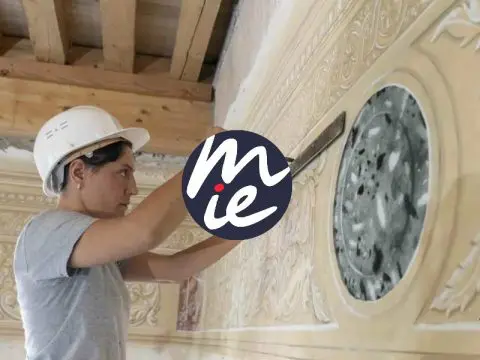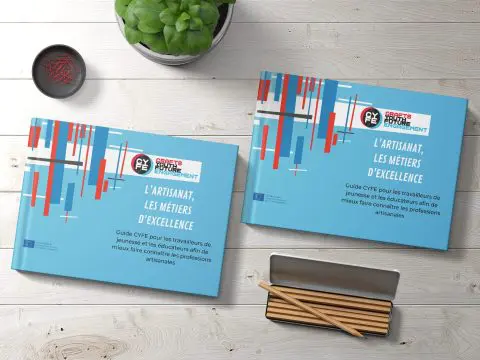-
Paolo Polloniato -
Paolo Polloniato -
Paolo Polloniato -
Paolo Polloniato -
Paolo Polloniato
Interview of Paolo Polloniato.
A Fondazione Cologni Interview
1. Which is your history?
I was born in Nove, a small town near Vicenza, on the Brenta river, where people have been working pottery for three centuries. I have a deep relationship with this technique: I am the last scion of a dynasty of master craftsmen who have been dedicating their lives to this job since the early XIX century. My father Giulio and my uncle Aldo have been two of the last decorators on ceramics and earthenware of the Premiata Manifattura Barettoni, già Antonibon, in Nove.
My uncle Domenico has been one of the most important modellers of the past century, and my mother was a “fioraia” (a decorator specializing in floral motifs) in several ateliers.
90% of the inhabitants earned their living thanks to pottery; in its heydays, this district has been one of the most relevant in Europe. I have been working as a ceramic artist since 2008, after several academic experiences.
2. Which training process have you followed? How did your education influence the choice of your profession?
My first instinct was not to work with ceramics but to choose a different path. Then the “earth” called me at the right moment. I attended a technical school, because I was attracted by architecture, and every summer (like all my peers) I used to work in some pottery factory.
I dedicated myself to painting, to photography and to the use of several materials till 2008, when I decided to finally work with ceramics.
I feel an “artiere”, quoting the definition of art critic Enzo Biffi Gentili: I think like an artist and work like a craftsman. In 2009, thanks to my partner Chiara who was living abroad, I moved to Paris and Bruxelles; for 4 years I styaed in contact with important workshops, artists and galleries and, where I could, I showcased my work.
3. Starting from the tradition of Nove you decided to experiment a contemporary language. Tell us how your works come to life.
During the XX century a new and very important craft movement was born in Nove, to relaunch the local production of pottery. When I decided to work with ceramics, Nove was economically going through the most difficult moment of the XX century. This decadent atmosphere made me taking a brave choice: to use my decorating techniques and vision to fix that precise atmosphere on traditional shapes.
I started to visit abandoned places where millions of molds, equipments, colours and materials had been abandoned. I understood that for me working with ceramics was like playing with time: to revisit the history of my land, to make it evolve and give it a new life with a surprising shape.
I put together scraps of a period of time, of which I was also a spectator.
4. Which materials and which techniques do you use?
During my career I had the opportunity to work with different materials and techniques, depending on the research I was developing at the moment.
I started in the early 90s with spray and graffiti; during my academic studies I dedicated myself to painting on fabric, mixing several techniques.
My first atelier was a big abandoned pottery fabric, where I started a series of restoration works that involved the place itself.
5. Who are you clients?
I mainly realize unique pieces that I sell in art galleries or directly to collectors who know my work. I cooperate with some brand of Italian artisanal excellence: for them I create exclusive models. Also, I make site-specific projects for museums and private houses.
6. Do you think that young generations could be interested in following in your footsteps?
The young generation is attracted by manual work, but in a different way. While I was living abroad, I realized that young people who want to become craftspersons are sustained and supported. There are excellent school that prepare you to become a contemporary artist who works with ceramics, for instance. In Italy is a bit different. We don’t have so many artisanal schools of high level and we convinced our young generation to make other choices, neglecting the intelligence of their hands. But things are changing.









